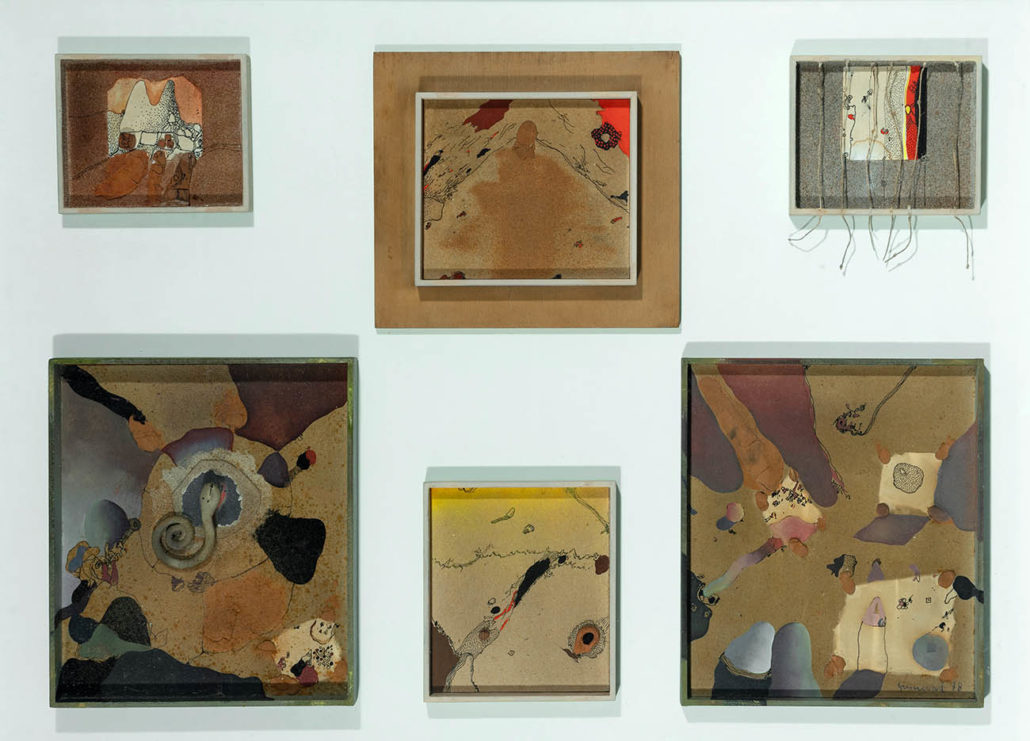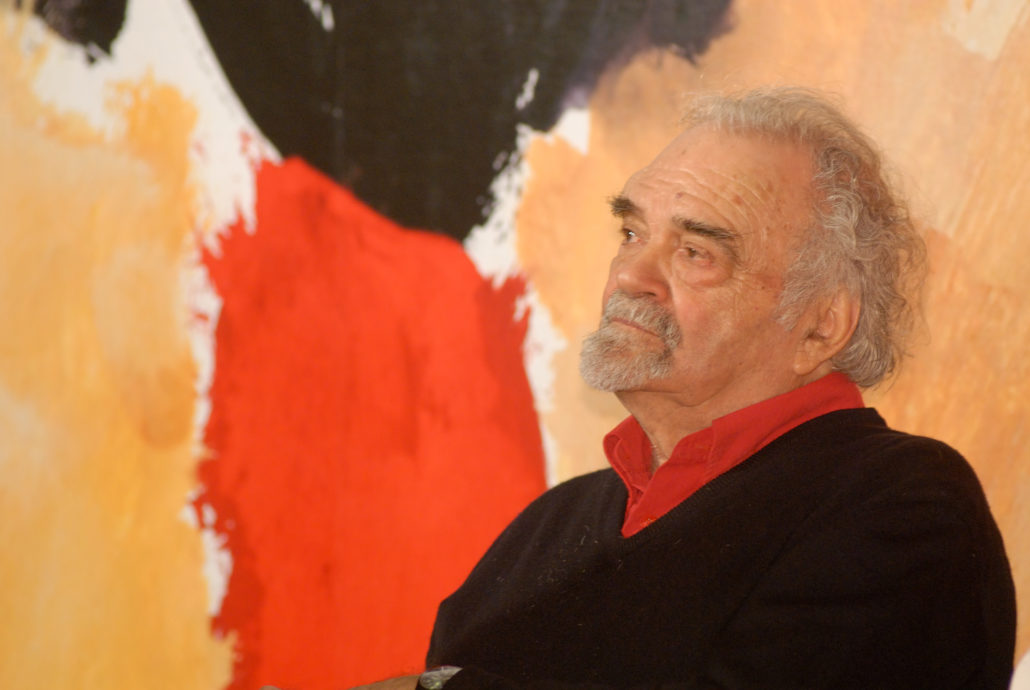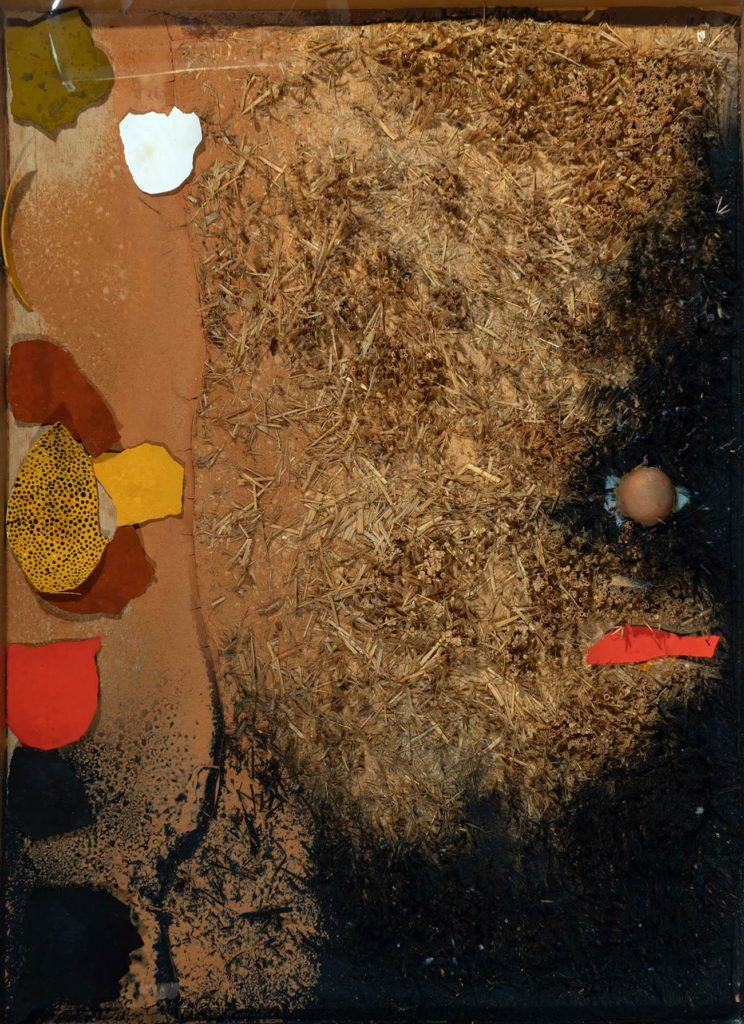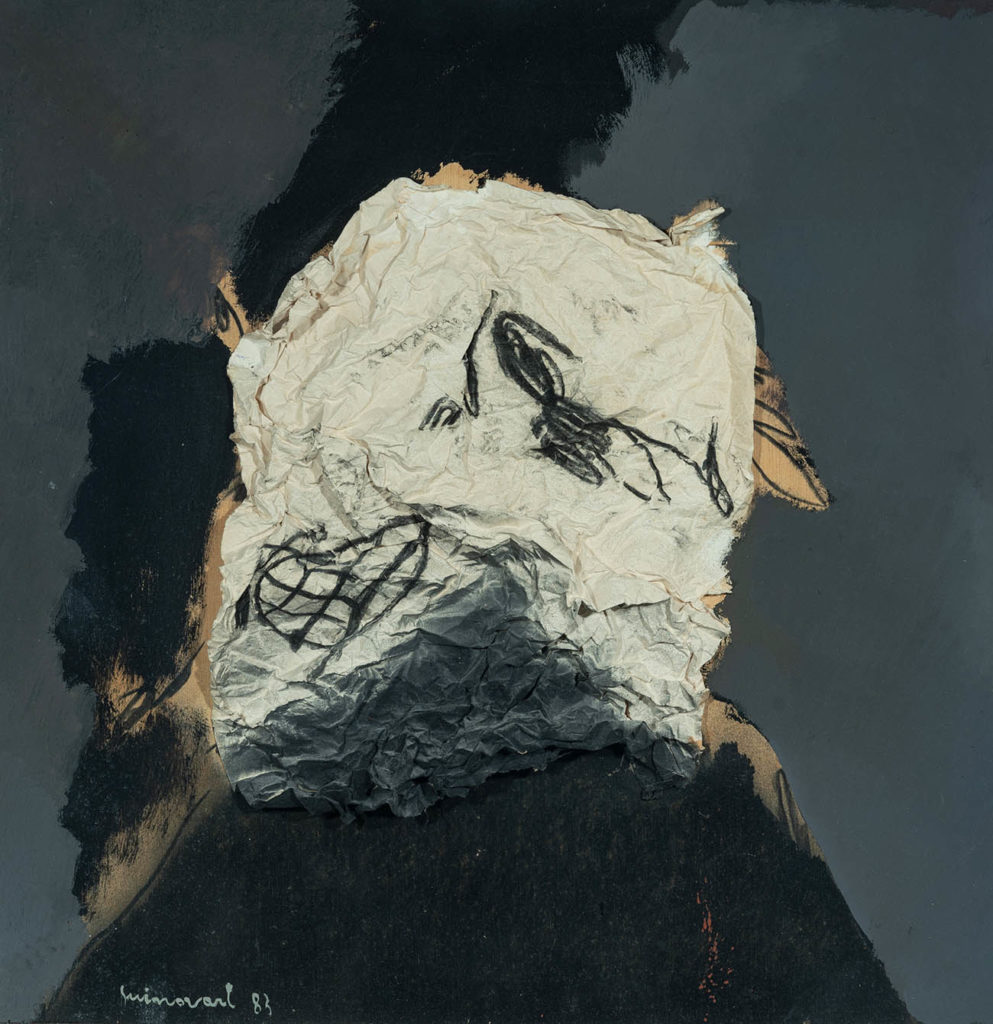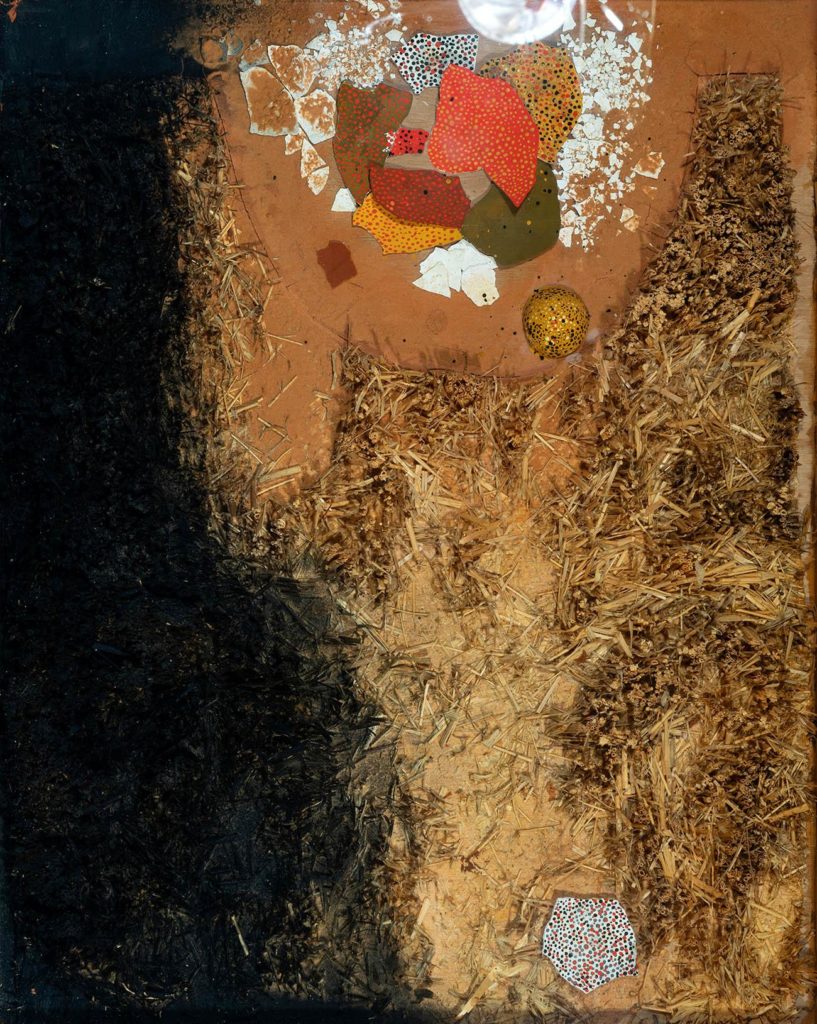Josep Guinovart: art as a source of life
The immense artistic legacy of Josep Guinovart has transcended as one of the great references of the Catalan avant-garde of the second half of the 20th century . His intense career bears the mark of the nonconformist spirit that characterized a whole generation of artists marked by a conflictive historical context that, as a catalyst, opened the way to new artistic horizons. With the end of World War II and guided by the absolute freedom of his creative impulse, Guinovart reflected in art the need and commitment to build a new world on the ashes of the previous one.
The richness and unclassifiable nature of his creation shines through in the set of works that we present at auction during the month of March . Through them, we can delve into the magic that Guinovart’s sublimated reality radiates, where memory and time, personal and collective consciousness guide us, through a language as lyrical as it is explosive, through the creative universe of the artist’s ever-living art. Catalan.
Above all, art was for Guinovart a way of catching reality. With the aim of transcending its mere representation, the artist subjects it to a process of destruction and recomposition where, transforming it into a symbol, he manages to capture a vivid fragment of it. In this way, his figurative beginnings gave way to an abstract language dominated by an intense material charge that, in its inexhaustible expressive values, acquired a resounding significance within the plastic evolution of his particular worldview of the world and the human condition. Immensely receptive to any visual and experiential stimulus, his work is built under the foundations of the set of experiences that involved, to a greater or lesser extent, a turning point in his artistic and vital career.
In this sense, the duality of his Tarragona and Agramontinian origins will be reflected in his work in a perennial way through the infinite blues of the Mediterranean and the warmth he found in the ocher typical of the Urgell landscape. The concept of duality, far from constituting an anecdotal resource, will manifest itself in all facets of its production, whose nature stems from the peaceful coexistence between opposing or dissonant elements. As a result, Guinovart’s works stand as a meeting space from which emanate, in perfect harmony, the rudeness and primitivism of Informalist painting, together with the delicacy and exquisite use of color of pictorial expressionism.
Precisely as a result of the Informalist influence, Guinovart begins a continuous process of experimentation with a new three-dimensional perspective that will incorporate the two-dimensional pictorial plane, from the integration of objects and the material substrate. To do this, he used everyday elements such as clay, wood, wheat and even eggshells with which, as symbols of life, rebirth and fertility, he reinforced the discursive intentionality of an artistic expression, energetically rooted in the earth. and to human action. In fact, despite his constant and radical plastic innovations, the deepest roots of his existence remained forever latent in his work as one of the essential aspects of his creation. Consequently, his link with nature will move away from the romantic, sacred and grandiose vision, to translate and reflect in it, a social concern, derived from the world that lived in times of civil war. Therefore, the nature in which Guinovart makes us participate is none other than that which the human being transformed in order to live and find his own sustenance.
Hand in hand with Guinovart, art and life flow indivisibly, feeding each other back to show us the most genuine and sincere vision of the world that surrounded him. As his great friend and teacher Joan Miro affirmed, “strength comes from the earth” and it was in it that Guinovart found the original source of an overflowing creative torrent, decisive in the future of the avant-garde of our country. His work has transcended time as a true ode to life, whose depth and sensitivity only reach those who, like him, lived and painted under the dictates of the iron commitment they acquired with their time, but also with their own convictions.

